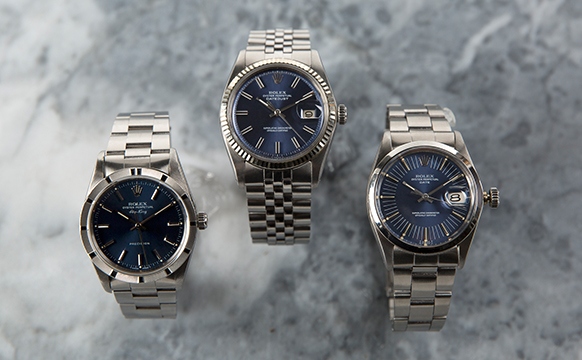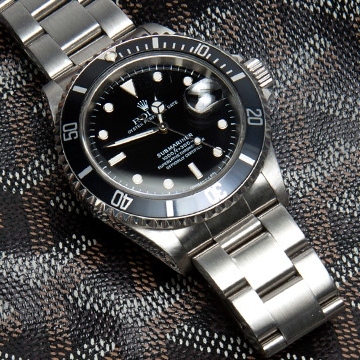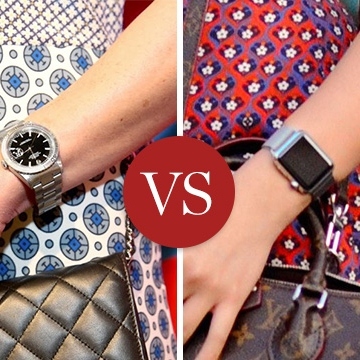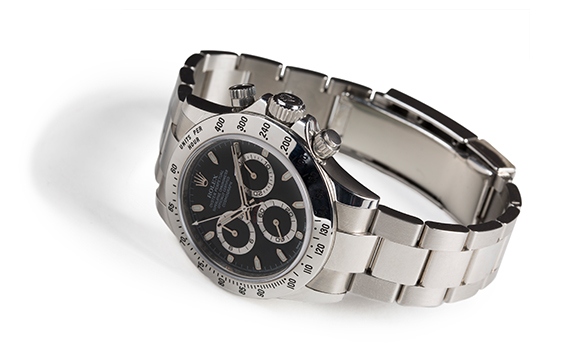
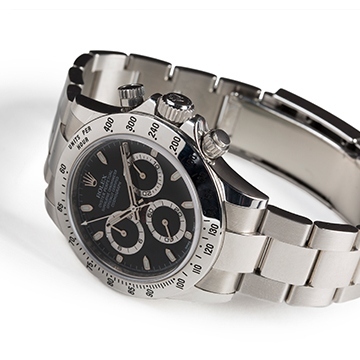
Why Stainless Steel Watches Are Trending Now
In the 1970s, there was the Quartz Crisis. Swiss artisans had dominated the market with their exquisite mechanical timepieces for hundreds of years when American and Asian companies like Seiko began mass-producing quartz movements, transforming the industry. Slow to adapt to changing tastes, many heritage watchmakers suffered during the ‘70s and ‘80s as collectors sought out new and innovative watches, often at a fraction of the cost of a mechanical movement.
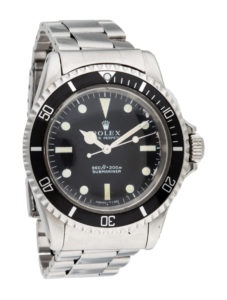
These days, something similar seems to be happening in the luxury watch industry, but instead of new technology, it’s a new crop of collectors that are forcing the change. “The younger generation has a more value-driven approach to buying watches,” says Fine Jewelry and Watch Manager Nathan Hall. “Rolex might sell a stainless steel Submariner for $8,000, but they want $36,000 for the same model in gold. The movement (the inner workings of the watch) is the same — you’re essentially paying up to 430% more for the prestige of a gold case and bracelet.”
Retro Returns
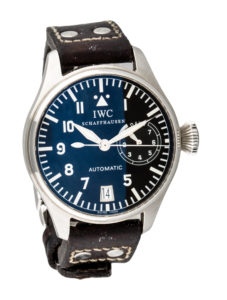
While some millennials are forgoing the traditional timepiece altogether in favor of tech-savvy items like the Apple Watch, burgeoning collectors are getting their feet wet in the world of haute horology with more affordable stainless steel models. Even John Mayer credits a stainless steel IWC Big Pilot for touching off his well-documented obsession with luxury watches.
In tandem with this inclination toward a more economical material is a preference for classic, vintage-inspired pieces. “A lot of watchmakers are reintroducing older styles in more accessible materials and price points,” says Hall. At Baselworld, several brands from Tudor to Patek Philippe to Omega released models based on older styles. “In the old days, watches were always made of steel. There’s a desire for watches that are more parallel with traditional watchmaking.”
The Swiss market is doing its best to roll with the tide. Even precious metal advocates like François-Paul Journe, whose independent company exclusively produced movements made in gold and platinum for several years, admitted recently that stainless steel remains to be a strong trend. Many of the most coveted new releases at Baselworld were made in stainless steel, including one elusive icon: the Rolex Daytona. “Brands like Rolex that are celebrated for their all-gold watches are actually leading the push toward stainless steel,” explains Hall. “They’re able to capture the mass market because of the number they produce, but are also able to appeal to the collector because of their icon status.”
Capturing a Larger Audience
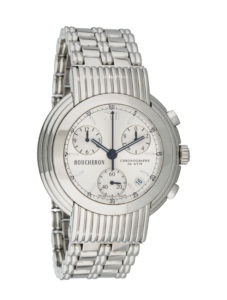
Over the past year, exports of precious metal watches decreased by 31%, forcing Swiss companies to trim the fat. “A ton of brands had put a lot of bank into the Chinese market, which has dropped off rapidly,” says Hall, citing China’s crackdown on luxury gift-giving as one cause of the drop in demand for gold and diamond watches. “The underlying principle is that brands are becoming more mainstream by making a watch that attracts more than just one subset of collectors,” says Hall. “If you make a 36mm solid gold watch, that appeals to a very small number of people, namely women with a certain income level. A 40mm steel watch could appeal to both men and women because the size is unisex, and the price point is more obtainable. It’s about getting rid of excess product that the market is not able to support.”
Stainless steel is also around four times lighter than gold, and with the trend toward larger cases, opting for a less cumbersome material is a clear advantage from a wearability standpoint. A stainless steel watch also translates seamlessly from work to play to formal events. A diamond-encrusted Datejust may be stunning paired with a little black dress or tuxedo, but doesn’t feel quite right for running weekend errands in a bomber jacket and sneakers. The bottom line — if you’re going to spend big bucks on a luxury timepiece, you’re going to want to optimize your cost per wear.
A Smart Investment
In terms of what material makes for the best investment, Hall advises that despite its lower price point, stainless steel watches often hold their value better than solid gold ones, largely because the market for stainless steel pieces is stronger and those watches will sell at a higher velocity.

But if you really are a precious metal devotee, there is a smarter (and more accessible) way to shop. “Buying a brand new luxury watch is a lot like buying a brand new car — the value depreciates vastly once it goes out the door, so if you really want to maximize your return on investment — whether it be a steel or gold piece — your best bet is to buy on the secondary market, like on The RealReal.” Generally speaking, purchasing a pre-owned watch even one year after its release will save you around 20 to 30% off the retail price, giving you a much smaller target to break even in the future.
Ready to start your own collection? Shop our edit of authentic luxury watches here.


